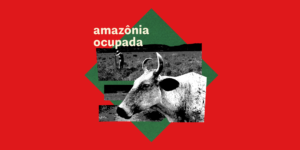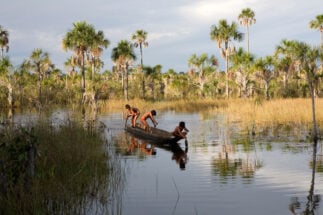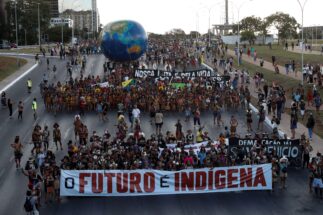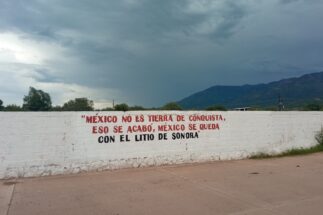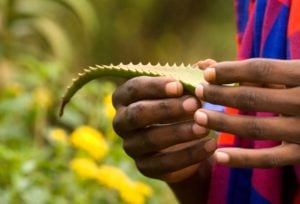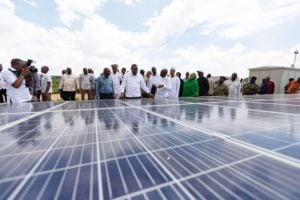Integrar para não entregar – integrate so as not to surrender. Under this nationalist slogan stoking fears of a supposed foreign threat, thousands of Brazilians migrated into the country’s Amazon in the early 1970s, in search of prosperity that the military government had promised.
Editor’s note
This article is a summary of episode one of Amazônia Ocupada, a new podcast series from Diálogo Chino, available in Portuguese only. Listen here.
At that time, farmers living in poverty in the Brazil’s south saw new horizons in the dictatorship’s propaganda, which said that land was plentiful and accessible – even free – in an unexplored area of the Central-West region.
“I am from [the state of] Santa Catarina, brought up there in the south, and was generally quite excluded, financially and socially,” says Elmo Leitzke, now a wealthy farmer and owner of the 7,000-hectare Minuano farm, in Sinop, Mato Grosso state.
This was the beginning of a massive colonisation movement in the transitional lands between the Cerrado and Amazon biomes. And so, the first steps were taken towards an extractive and exploitative model that still defines how the country sees its forests today: as an obstacle to progress that needs to be removed from the path of agricultural production.
“Until 1975, the forest was practically intact,” said environmental historian José Augusto Pádua, a professor at the Federal University of Rio de Janeiro. “So we have to understand the [migration] movement from there.”
This intricate story and its characters are part of our first ever Portuguese-language podcast series, Amazônia Ocupada, launching today. Created by Diálogo Chino in partnership with Trovão Mídia, across five episodes, we recount how the world’s largest and most famous forest was colonised for the exploitation of commodities.
BR-163, a ‘fishbone’ highway
Listeners will travel along Brazil’s BR-163 highway, an infrastructure project started by the military government that sought to boost the occupation of the Amazon. Perhaps more than any other route, the stories and sights encountered along the BR-163 illustrate how soy, cattle, mining and logging established themselves in the region.
The construction of the highway, which cuts through Brazil from north to south for over 3,500 kilometres, played a fundamental role in the occupation process, since it was along the roadsides of this axis that villages emerged, some of which became larger towns and cities.

The results of unbridled colonisation are being felt today, with the emergence of land conflicts, the displacement and deaths of traditional populations and the deforestation of the Amazon, which has recently recorded the highest rates in the last 15 years.
“When they opened the BR-163 highway, many people died, mainly the Panará people,” said Krekreansã Panará, a leader of one of the indigenous groups displaced from their land by the road’s construction. Krekreansã explains that because of contact with newly introduced diseases, such as measles, only around 80 of their people survived, and they left for the Xingu Indigenous Park.
Sinop, soybean capital
A municipality in the north of Mato Grosso state, Sinop was one of the first destinations for immigrants from the south. It is a logical first port of call in our new series. Over the last 50 years, the city has become the epicentre of Brazilian soybean production, a commodity that is now the main export for the country’s agribusiness.
With the occupation of its biomes for monoculture, and with government encouragement, Brazil has become the largest producer and exporter of soybeans in the world, with over 60% of its production being sold to other countries, especially China, according to foreign trade data. If Mato Grosso were a nation, it would be the third largest soybean producer in the world, behind Brazil itself and the United States.
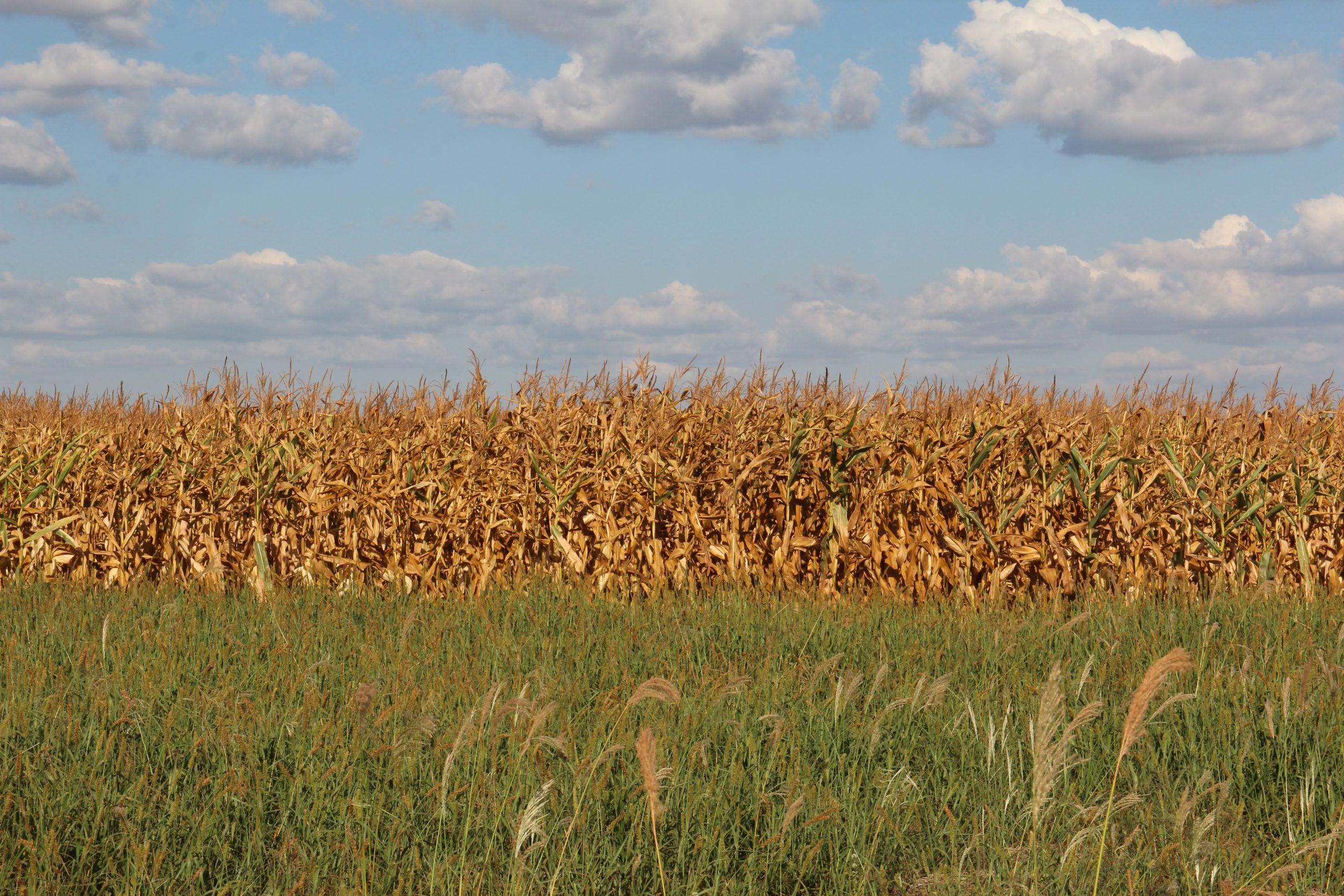
Though it is a rural municipality, Sinop does not look much like a country town. In the urban centre, imported cars cruise on well-paved avenues. There are shopping malls, designer shops and expensive restaurants more regularly found in larger cities. The landscape is dotted with billboards advertising new real estate developments, aimed at the agribusiness elite that call Sinop home.
The municipality has consolidated itself as an important supply centre for products, services and opportunities in the region. According to official data, around 150,000 people live in Sinop, which recorded a per capita GDP of over 46,000 reais (US$8,860) in 2019, higher than the national average for that year, of around 35,000 reais (US$6,740).
Prior to reaching this soybean zenith, Sinop saw other cycles of production. The first, which coincided with the founding of the city, was the extraction and sale of wood. “The extraction of wood was what paid the bills for the early stages of agricultural mechanisation [often a byword for deforestation] that I pursued at the time. It was common to look for new agricultural frontiers,” says Leitzke.
Once the cities opened, the region experienced a cycle of cattle ranching, a way of occupying these open spaces at low cost. And finally, in the last three decades, came the soybean and corn boom.
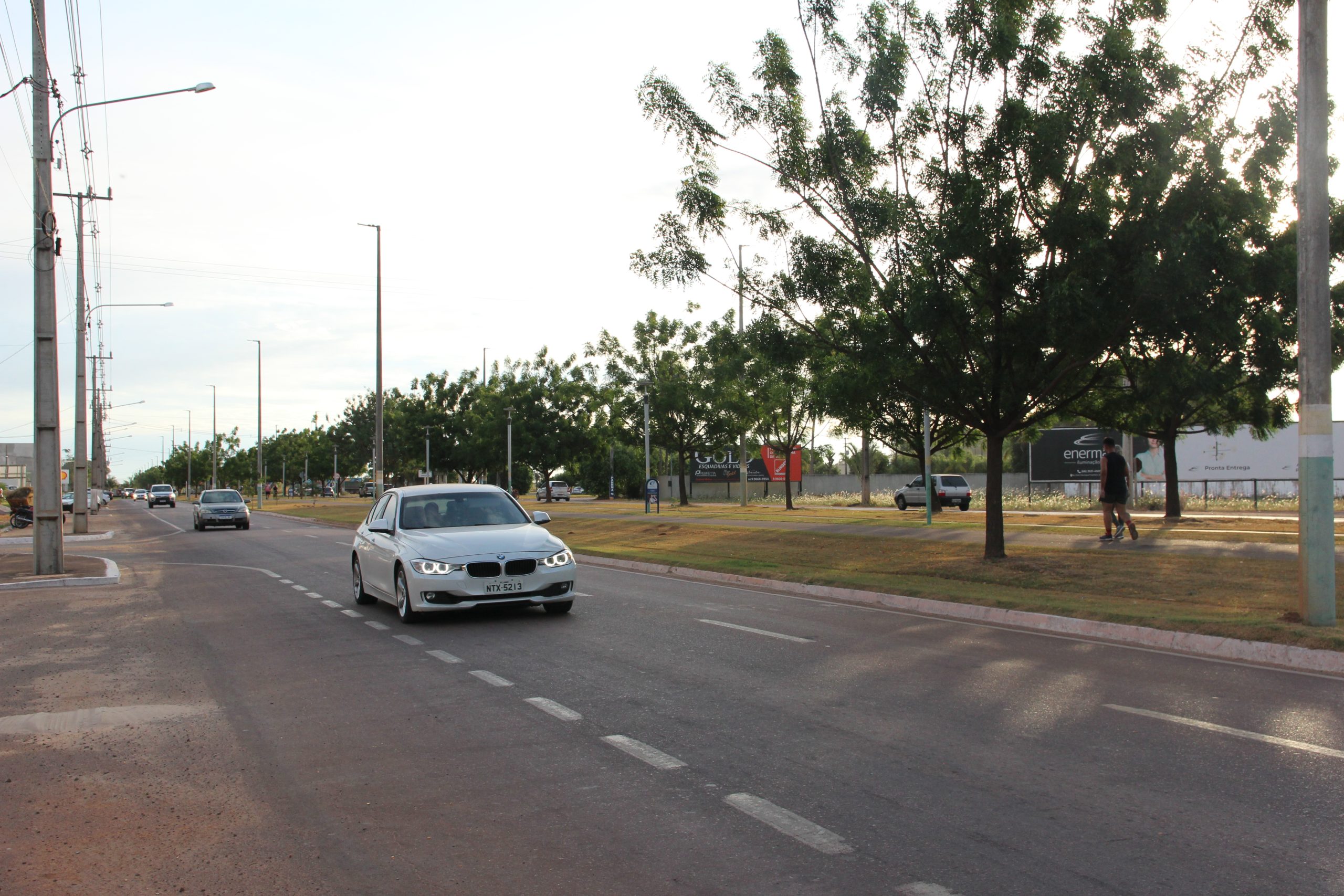
What is rather contradictory is that the propaganda disseminated by the military government claimed that the Amazon was the target of “foreign greed” – especially from the United States. The colonisation of the biome would therefore serve to defend the territory from an imminent threat – a nationalist vision that still echoes through Brazilian politics today.
“There was great international pressure for the Amazon not to be Brazilian, for it to belong to the world,” Leitzke recalls. “The idea was to put the Brazilian people in Amazônia.”
Episode one of Amazônia Ocupada is now available, in Portuguese only, on Spotify, Apple, Amazon and Deezer. Episode two, and the accompanying English article, will be released on Monday 19 September.

